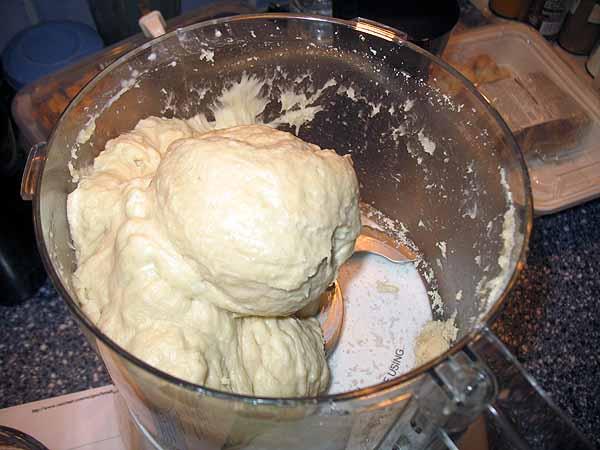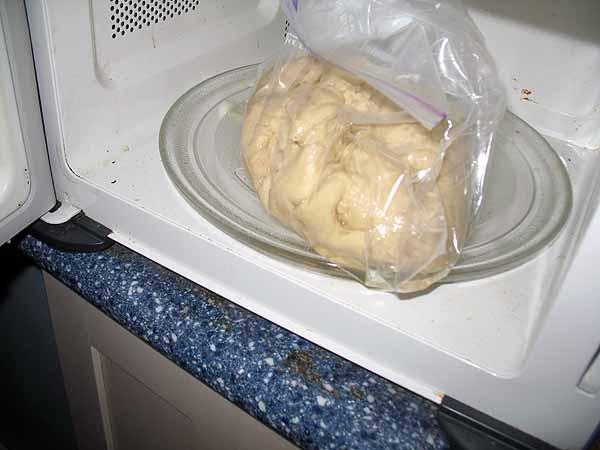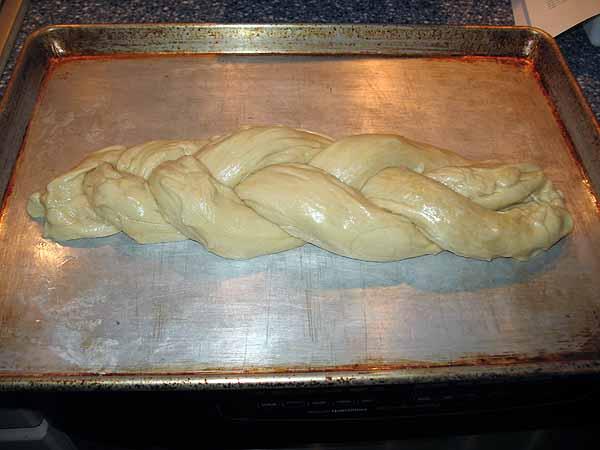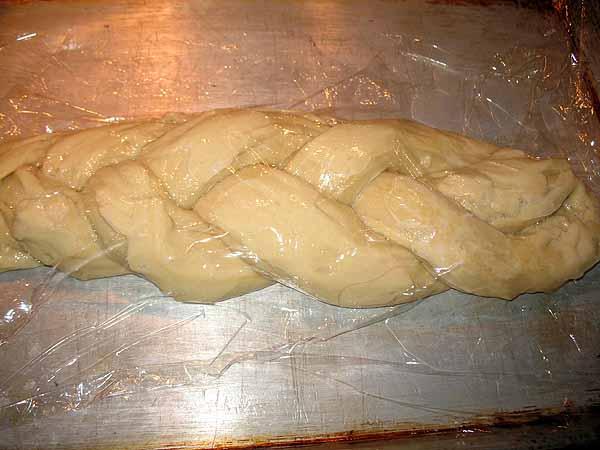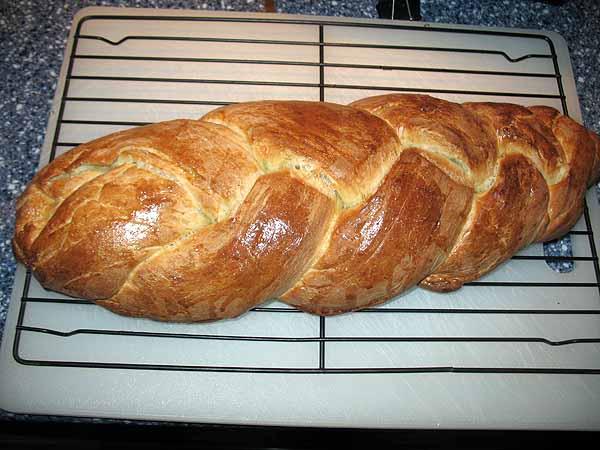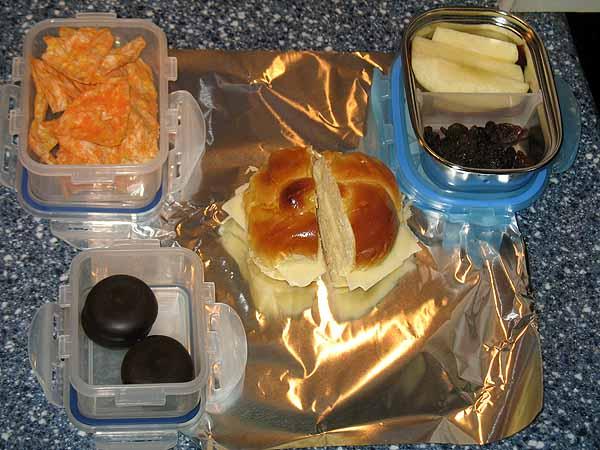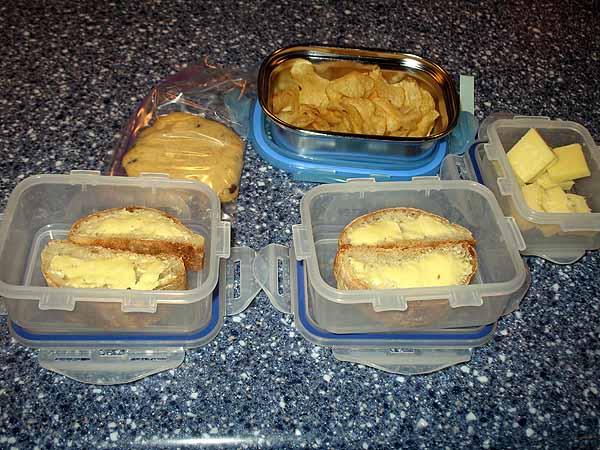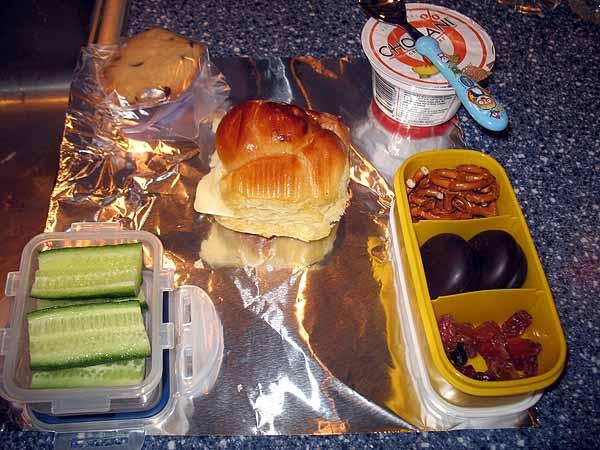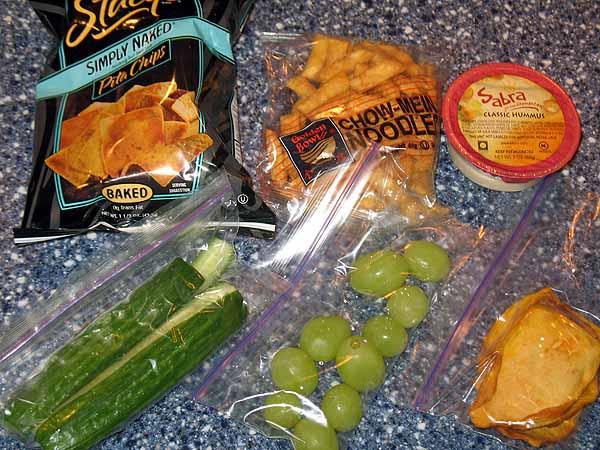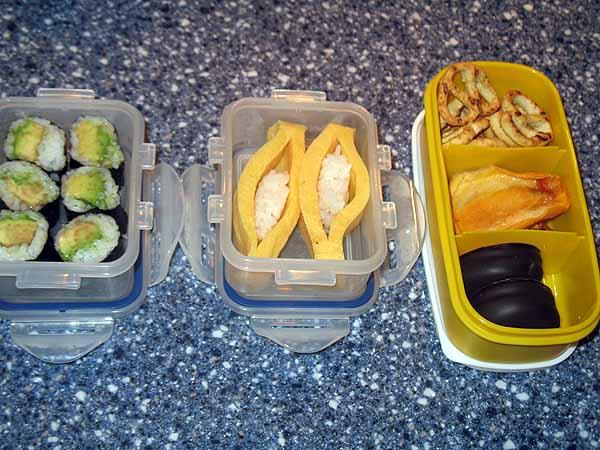-
Posts
28,458 -
Joined
-
Last visited
Content Type
Profiles
Forums
Store
Help Articles
Everything posted by Fat Guy
-
There's a Rosle model that's about a hundred bucks and stainless. Looks pretty serious.
-
It's a series of speaking engagements. Such events are usually held in venues of appropriate size calibrated to the celebrity and drawing power of the speaker. If it's the Dalai Lama they do it at Yankee Stadium or on the DC Mall. If it's Bourdain they do it in a nice-size theater. If it's me they do it in the small room upstairs at the Y. I don't see anything objectionable or even particularly noteworthy here. And in Bourdain's favor, one has got to admit that he has kept it real a whole lot better than 99% of people who achieve his level of television celebrity.
-
My standard procedure (when I remember to do it) for proofing dough is to microwave a glass of water for 3 minutes to make the microwave warm, then put the dough in there. In the case of an enriched dough like for challah I do it in a bag, and for regular dough I do it in a bowl covered with plastic wrap.
-
You can do it with the stand mixer, but with the Cuisinart you're done in 45 seconds.
-
In honor of this topic my 4.5-year-old son, PJ, and I made challah in the Cuisinart, following the Cuisinart recipe with oil instead of butter. He did the braiding so it's a little uneven. But it's tasty enough.
-
Label makers are totally not essential. But they're really cool. Whether you prefer glass or various kinds of plastic (some are smoother and less reactive than others), I think there's a whole world of container possibilities once you get out of the kitchen mindset and start looking at medical and lab supplies.
-
I think there's a traditional, formal definition of "bento" and a more modern, casual one. Traditionally it was a specific boxed lunch with rice and other stuff, and now it's basically Japanese for lunch packed to go. At least that's my take on it.
-
Similar in appearance to those, though not identical -- but I'm sure they all work the same and if they're good enough for medical specimens they should be good enough for food storage. You can get a smaller quantity if you slip into a hospital or doctor's office and just grab a few, but even if you have to buy 100 of them it's only like thirty bucks for the case.
-
As for labels, Costco recently had a Brother P-Touch label maker on sale so we bought one and it's great.
-
When I was in the hospital a while back I discovered Medegen brand polypropylene medical specimen containers and thought they'd be ideal for storing small amounts of spices, powders, etc. I took several home with me and have used them for everything from food products to cosmetics.
-
I've done it inexpertly and uncleanly. You make a cut behind the gills, then you work the knife along the ribcage from one side, then the other, then the whole fillet comes off. Those of us who do it badly really hack up the flesh while doing it. But I've seen professionals do in in just a few quick, clean strokes of the knife. By the way I saw a guy in a fish place using one of these today: http://www.swissarmy.com/Forschner/Pages/Product.aspx?category=forschnerfilletfishing&product=40613&
-
Yeah I need to get out more.
-
Once you unpack them, those are entirely rational economic calculations: you derive pleasure and satisfaction from doing those things, therefore they have enough value to justify the time spent. I derive no pleasure from hand washing a spoon, and the cheap wooden spoons I have are not art objects, therefore for me the rational calculation is to put them in the dishwasher.
-
Sweet round raisin challah is traditional for Rosh Hashanah. But it's popular year 'round.
-
Correct, it's tamago sushi. The place in the neighborhood where I get cheap sushi makes it that way instead of the normal way where a rectangle of tamago is belted to the neta with a piece of nori. I've never seen it done that way anywhere else. Either I've been living a sheltered sushi life, or the Vietnamese sushi chef at Chinatown East restaurant has come up with something new and different.
-
Certainly when you see those glass-door commercial convection ovens that a lot of pastry departments use, they run the sheet pans almost all the way to the edges and they fill them with like eight pans at once. I think some of them are even built without racks -- you just slide a sheet pan into grooves on the side, and the sheet pan acts as its own rack. My home oven does have convection but I wouldn't have the confidence to fill it that way.
-
Any discussion of this nature, and we've had many, is going to cover the same ground weighing time spent versus benefit. On the one hand, if you have a spoon worth $200 and it takes 2 seconds to clean by hand, and there's demonstrable proof that washing in the dishwasher will reduce its longevity by a lot, it's probably worth most people's time to wash it by hand. On the other hand, if you have a spoon worth $2 and it takes 20 seconds to clean, and it's likely to last a decade no matter how you wash it, then it's hard to justify washing it by hand unless you actually take pleasure in washing it by hand. My situation is much closer to the latter. When I've made a pot of sauce or a bowl of sticky batter, my wooden spoon absolutely is not cleanable in 2 seconds -- unless I spend that 2 seconds putting it in the dishwasher. And when there's a sink full of dishes and I've got to put our son to bed or deal with something more important than a $2 spoon, I just put everything in the dishwasher and press go. As an added bonus, the dishwasher gets things cleaner than I get them by hand and sterilizes to boot.
-
I have replaced the occasional wooden spoon. I remember at least twice I was using one and it just snapped in half. I'm willing to assume that repeated dishwasher cycles resulted in structural weakness. But maybe that had nothing to do with it. I don't know. Either way, it's just not worth my time to wash them by hand. And my time is worth very little.
-
I do it in the dishwasher. I have plenty of wooden spoons and other utensils that are 10+ years old and have been through the dishwasher many times. I never buy expensive ones so I'm perfectly willing to replace them once a decade or so in order to avoid all the rigmarole of hand-washing and oiling.
-
To be clear, a bread machine performs a few functions: mixing, kneading, proofing and baking. You can use a bread machine start-to-finish for all those steps if you want a loaf in the standard bread-machine shape, or you can just use it to mix, knead and proof your dough then shape and bake it in a regular oven. For challah in particular, it's just not the same thing if you don't braid it, which means you'll want to use a machine for the dough-making but then you'll want to divide and braid. I have had a bread machine and I also have a KitchenAid stand mixer and a Cuisinart. Having made quite a lot of bread every which way with all three machines as well as by hand I can say from personal experience that the Cuisinart is the best tool for challah if you want to avoid kneading by hand. The recipe for challah that comes with the Cuisinart is quite good and, as with all the Cuisinart recipes, has been extensively tested and debugged. Like Mr. Goldfarb's recipe it calls for butter, which makes the challah dairy and therefore not suitable for a meat meal if you keep kosher. But you can indeed substitute vegetable oil and it comes out fine.
-

Q&A for Simmering the Basic Stocks - Unit 2 Day 2
Fat Guy replied to a topic in The eGullet Culinary Institute (eGCI)
Some folks claim that there is no substitute for veal, but I think a mix of non-meaty beef bones plus poultry frames will work. But the only way to find out for sure if it will be an acceptable substitute for you is to make a batch and play with it. -
The last few: PJ and I have been on our own for the past week or so, because Ellen is in Asia at a conference. One of our activities has been baking bread. One day last week, he insisted on bread and butter for lunch... On account of a trip, here the assignment was to pack a totally disposable lunch -- in other words no containers that have to come home...
-
The advice I've seen a few times in similar language is "For best results, allow 1-1/2 to 2 inches (4-5 cm.) of space around each pan and between pans and oven walls." (Example). I imagine, however, that the full story is more complex than that and depends on your oven and what you're cooking.
-
This place seems to have them: http://www.greenfieldworld.com/PriceLists/Chicago_Metallic_PriceListBFS-24.pdf And this place sells them by the dozen: http://www.wasserstrom.com/restaurant-supplies-equipment/Product_663410
-
Here's a good reference for this discussion: Sheet-pan size reference


